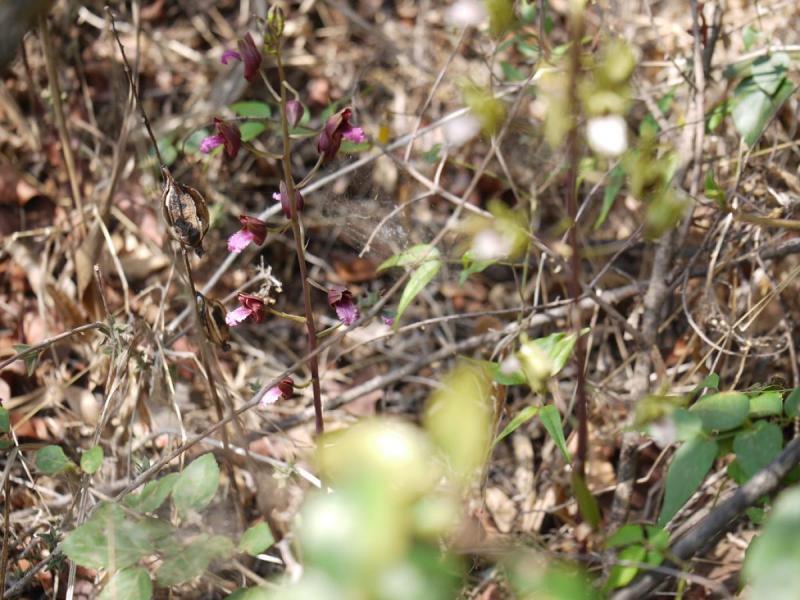Eulophia spectabilis
Also known as: The Spectacular Eulophia in the subfamily: Epidendroideae
Native to: Bhutan Cambodia China Fiji India Indonesia Myanmar Nepal Thailand
General Information
The Spectacular Eulophia is a warm to hot growing orchid belonging to the sub family Epidendroideae native to Bhutan, Cambodia, China, Fiji, India, Indonesia, Myanmar, Nepal, and Thailand.
Plant Description
Grows to 75cm. Each new growth has numerous lance shaped leaves that grow to 1-65cm long. Pseudobulbs grow to 2-3cm
Substrate(s)
- Fine
- Bark
- Spaghnum Moss
- Perlite
- Sand
Climate
Grows at low to high elevations. Rainfall ranges from 175mm to 688mm per day, heaviest in January and lightest in July. Humidity ranges from 82% to 89%, highest in January and lowest in July. Temperature ranges from 18C to 29C, highest in August (19C to 29C) and lowest in January (18C to 27C).
Watering
These orchids prefer a wet-dry cycle between waterings, they should be watered frequently but only when the moisture is approaching dryness, where the pot feels light and/or the media looks dry. Keep an eye on mounted orchids in warm weather as they may dehydrate quickly.
Fertiliser
Apply liquid based fertiliser per recommended directions. They can benefit from a high phosphate fertiliser leading up to flowering season, followed by a high nitrogen fertiliser when new growth appears, and a balanced fertiliser in other times. These orchids can also tolerate slow release fertiliser applied 1-2 pellets per cup (250ml) of media.
Use balanced fertiliser during Spring and Summer. Apply fertiliser regularly at half strength year round. Use a high Nitrogen fertiliser during Spring and Summer. Use a high Phosphorous fertiliser during Summer.Potting
Repotting is best done annually.





















